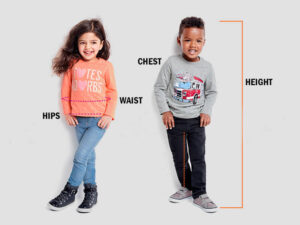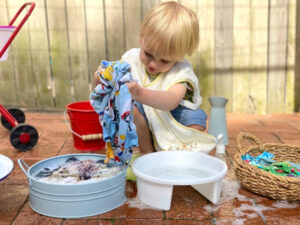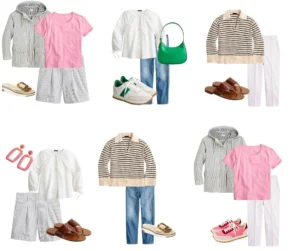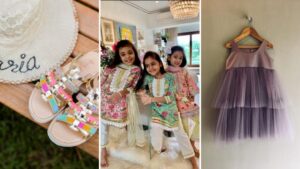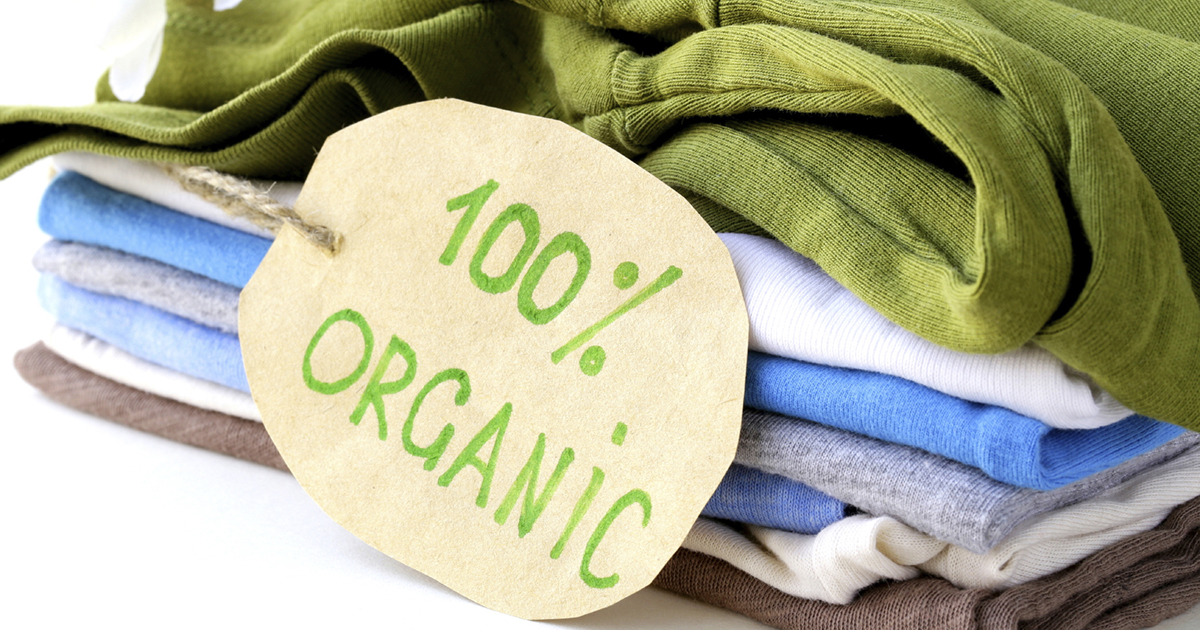
The fashion industry has always been fast-changing and now parents are becoming more conscious about what their children wear. As awareness about climate change and waste management grows, sustainable fashion is no longer just a trend it has become a necessity. In India, parents are increasingly searching for eco-friendly kids clothing that is safe, comfortable and also environmentally responsible.
In 2025, the conversation around kids fashion is shifting from style alone to style with sustainability. Parents are beginning to understand that every clothing choice has an impact, both on their child’s well-being and on the planet. This blog explains why sustainable and eco-friendly kids clothing matters in 2025 and how parents in India can make smarter choices.
The Rise of Sustainable Fashion for Kids
In earlier years, parents focused mainly on affordability and looks when shopping for children. However, today’s shoppers are more informed and cautious. They realize that conventional clothing often involves harmful dyes, synthetic fabrics and mass production methods that damage the environment.
Children have delicate skin, which makes them more sensitive to fabric quality. Sustainable fashion uses natural fibers, non-toxic dyes and ethical manufacturing processes that ensure safety and comfort. This is one of the biggest reasons why eco-friendly fashion is gaining attention in India.
Why Eco-Friendly Clothing is Important for Children
Parents always want the best for their kids and clothing is no exception. Choosing eco-friendly clothes for children has benefits that go beyond just looking good.
- It keeps the skin safe by avoiding harsh chemicals.
- It reduces the chances of allergies and rashes.
- It supports sustainable farming practices like organic cotton cultivation.
- It helps reduce carbon footprints and textile waste.
- It teaches children about responsible living from an early age.
By making small but mindful changes, parents can create a healthier environment for their families while also supporting the planet.
Common Fabrics Used in Sustainable Kids Clothing
One of the key aspects of eco-friendly fashion is the choice of fabric. In India, several natural and organic options are available for kids clothing.
- Organic cotton: Grown without pesticides, gentle on skin and highly breathable.
- Bamboo fabric: Naturally antibacterial, soft and moisture-absorbing.
- Hemp: Durable, lightweight and needs less water for cultivation.
- Linen: Long-lasting, biodegradable and comfortable in hot weather.
- Recycled polyester: Created from plastic waste, reducing landfill impact.
Parents can check clothing tags to ensure that these materials are used in the products they purchase.
The Role of Ethical Manufacturing
Eco-friendly fashion is not only about fabric choices. The process of manufacturing also plays a role. Ethical production means fair wages for workers, safe working conditions and reduced environmental impact through sustainable techniques.
In India, more brands are moving towards small-scale production, handmade collections and locally sourced materials. This ensures that children’s clothing is made responsibly without harming either people or nature. Parents who support such practices indirectly help improve the fashion industry for the better.
How Eco-Friendly Clothing Saves Money in the Long Run
Some parents hesitate to buy sustainable kids clothing because it appears more expensive at first glance. However, eco-friendly clothes often last longer than fast-fashion alternatives.
- Natural fabrics do not wear out easily.
- Quality stitching reduces damage after washing.
- Timeless designs allow reuse across siblings.
- Neutral shades can be mixed and matched with ease.
By investing in fewer but better clothes, parents can save money and reduce waste. This makes sustainable clothing a smart long-term choice.
Trends in Eco-Friendly Kids Clothing for 2025
Fashion for kids is evolving quickly and sustainable styles are making headlines in 2025. Some key trends include:
- Minimalist designs with solid colors.
- Traditional Indian wear in organic fabrics for festivals.
- Cartoon and character prints created using non-toxic dyes.
- Unisex clothing that works for both boys and girls.
- Upcycled collections made from leftover materials.
These trends prove that sustainability does not mean boring. Children can still wear stylish, fun and vibrant outfits while staying eco-friendly.
How Parents Can Identify Genuine Eco-Friendly Clothing
With the growing popularity of sustainable fashion, some brands may use terms like “green” or “eco” only for marketing. Parents need to look beyond labels and check for authenticity.
- Certifications such as GOTS (Global Organic Textile Standard) are reliable.
- Reading fabric composition on the tag gives clarity.
- Checking reviews helps understand durability and comfort.
- Brands that share details about sourcing and production are more trustworthy.
Being aware of these factors ensures that parents are buying clothes that are truly sustainable.
The Impact on Indian Society and Environment
India is one of the largest textile producers in the world. Unfortunately, it is also among the biggest contributors to textile waste. Shifting towards eco-friendly kids clothing can make a significant difference.
- It reduces landfill waste from discarded clothes.
- It supports local artisans and small-scale businesses.
- It decreases the use of harmful chemicals that affect rivers and soil.
- It promotes conscious consumerism in families.
Parents who adopt this approach inspire other families in their community to follow the same path, creating a wider impact.
Shopping Tips for Sustainable Kids Clothing in 2025
Choosing sustainable fashion is not difficult once parents know what to look for. Here are a few shopping tips:
- Buy fewer clothes but choose high-quality options.
- Prefer natural fabrics like cotton, bamboo, or linen.
- Look for adjustable clothes that can be used longer.
- Support local and handmade collections where possible.
- Reuse, donate, or recycle outgrown clothes.
- Compare brands and choose those that disclose manufacturing details.
By applying these tips, parents can balance sustainability with affordability.
Online Shopping Options in India
With e-commerce expanding rapidly, finding eco-friendly kids clothing online has become simple. Parents can filter products by fabric, certification, or brand values. Online stores often provide detailed information about sourcing and care instructions, making it easier to choose responsibly.
Additionally, online platforms offer discounts during festivals, helping parents buy sustainable clothes within their budget. Returns and exchanges also give flexibility if the sizing is not perfect.
Teaching Children About Sustainability
Clothing choices also serve as a way to educate children. Parents who buy eco-friendly clothes can explain why certain fabrics are safer or why waste reduction is important. This helps children understand sustainability from an early age.
For example, explaining that organic cotton does not harm farmers or showing how old clothes can be reused builds awareness. These small lessons can shape children into more responsible adults.
Final Thoughts
In 2025, sustainable and eco-friendly kids clothing is more than a passing fashion movement. It represents a shift towards mindful living, where style and responsibility go hand in hand. For parents in India, choosing eco-friendly clothes means ensuring comfort for their children while also protecting the environment.
By selecting natural fabrics, supporting ethical brands and teaching kids the value of sustainability, families can create a lasting impact. Small decisions, like the clothes we buy, add up to bigger changes for the planet. For parents looking for a trusted blend of style and responsibility, Thespark Shop Kids Clothes for Baby Boy & Girl offers options that reflect these values.

